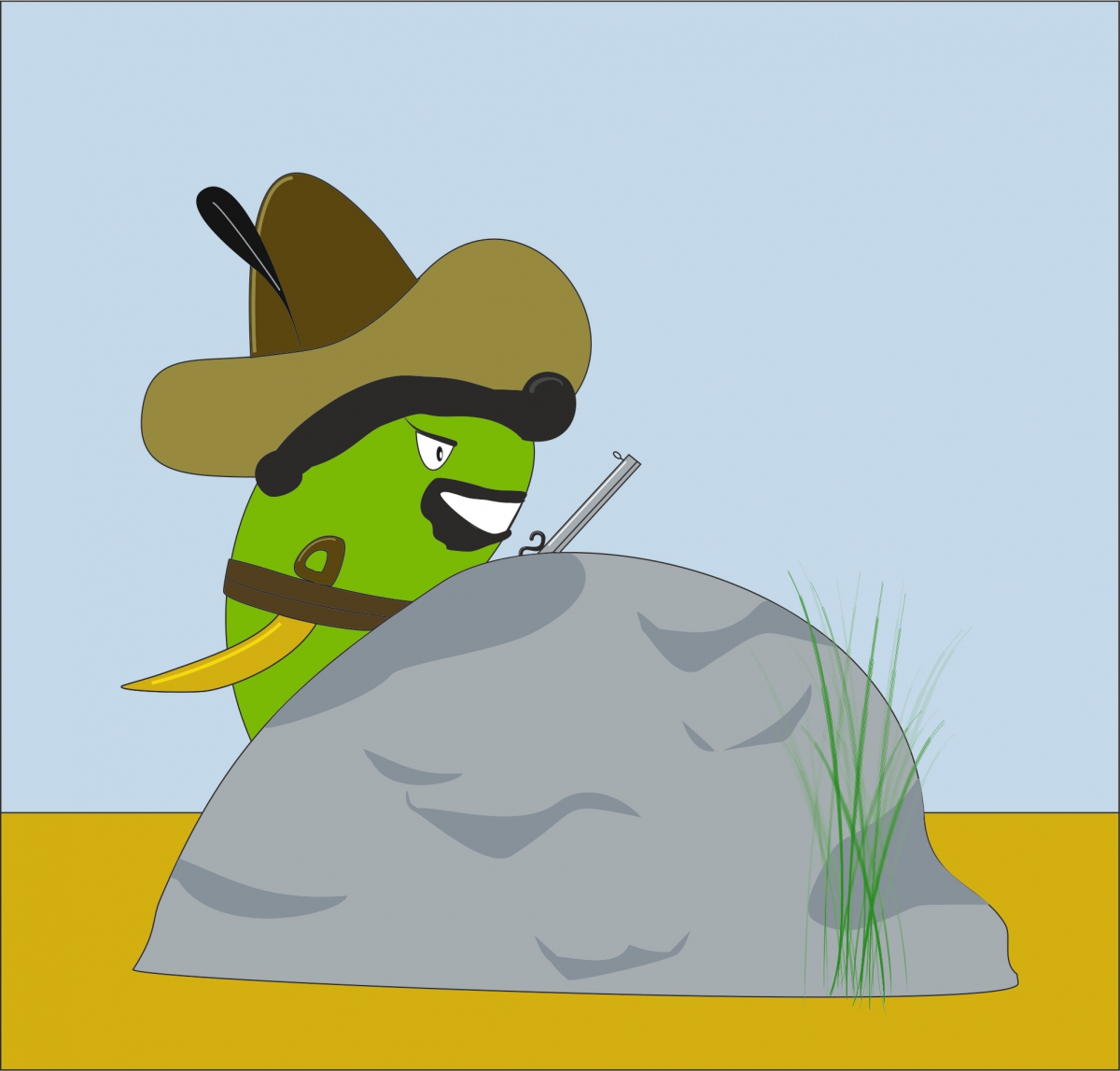Are there any predatory microbes?

Predators also exist in the world of microorganisms. Competition for nutrients is high, which is why some bacteria have specialised in using other organisms as a source of food. Such predatory bacteria produce certain substances such as enzymes and antibiotics to break open the cell envelope of their prey and decompose the prey organism into smaller molecules that are available to them. This enables the predatory bacterium to absorb the components of its prey and feed on them.
Predatory behaviour (predation) is very diverse in bacteria. Some live on another species (epibiotic), others in another species (endobiotic). And some bacteria even hunt as a group. Vampirococcus belongs to the epibionts: The predatory bacterium attacks its prey from the outside. When Vampirococcus encounters a prey organism, it adheres to its cell surface. From there, the predatory bacterium releases enzymes into the interior of its prey, which decompose it. The prey organism dies and the predatory bacterium can absorb the digested components from the cell surface like a vampire.
Some Bdellovibrio species attack from the inside. They secrete enzymes that make the cell wall of the prey unstable and perforated and thus penetrate the prey. Inside, they feed on the prey organism and produce offspring. Finally, the prey bursts open and releases the offspring of the predatory bacterium.
Myxococcus xanthus swarms out in "packs" to find prey bacteria. The bacterium can glide on surfaces. On cell contact with prey organisms, M. xanthus releases certain enzymes and metabolic products and thus dissolves the bacterial cell membrane of the prey cell (lysis). The lysed cells can then be taken up by all bacteria in the group and utilised as a source of nutrients. In this type of attack, the cell density of the predatory bacterium is decisive, as hunting in a larger group promises a higher chance of success. Unlike a pack of wolves, M. xanthus does not circle its prey, but moves towards it in a targeted manner. M. xanthus recognises prey bacteria in its vicinity via certain receptors and directs its movements towards them.
For many hunting strategies, the predatory bacteria must actively move towards their prey. Some bacteria use filamentous structures consisting of proteins (flagella). Others glide on surfaces via a film they secrete or with the help of pili that adhere to the surface and pull the bacterium forwards. A predatory bacterium "smells" its prey like a predator and then moves in its direction.
Read more:
© Text and image Kirstin Arend / VAAM, Kirstin.arend[at]rub.de ; Use according to CC 4.0

